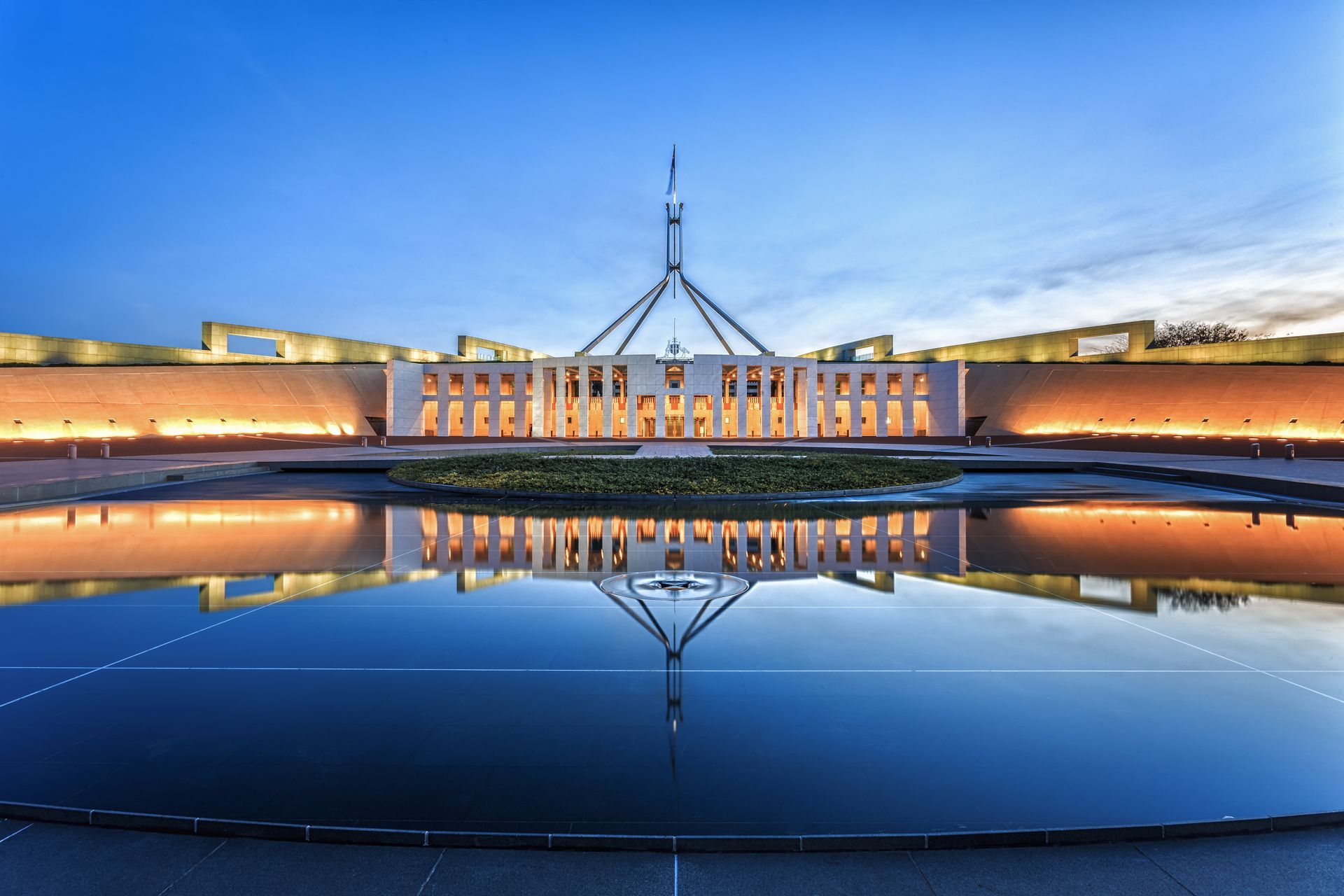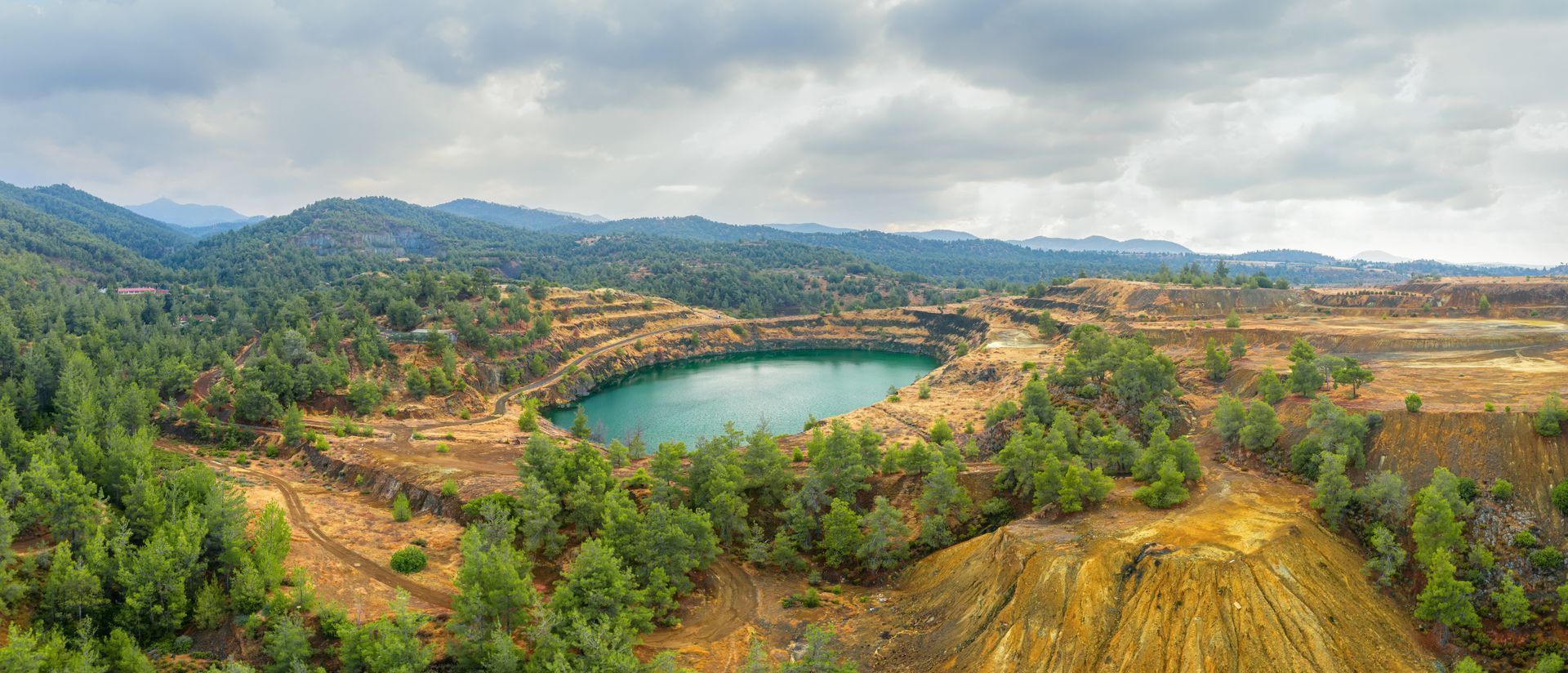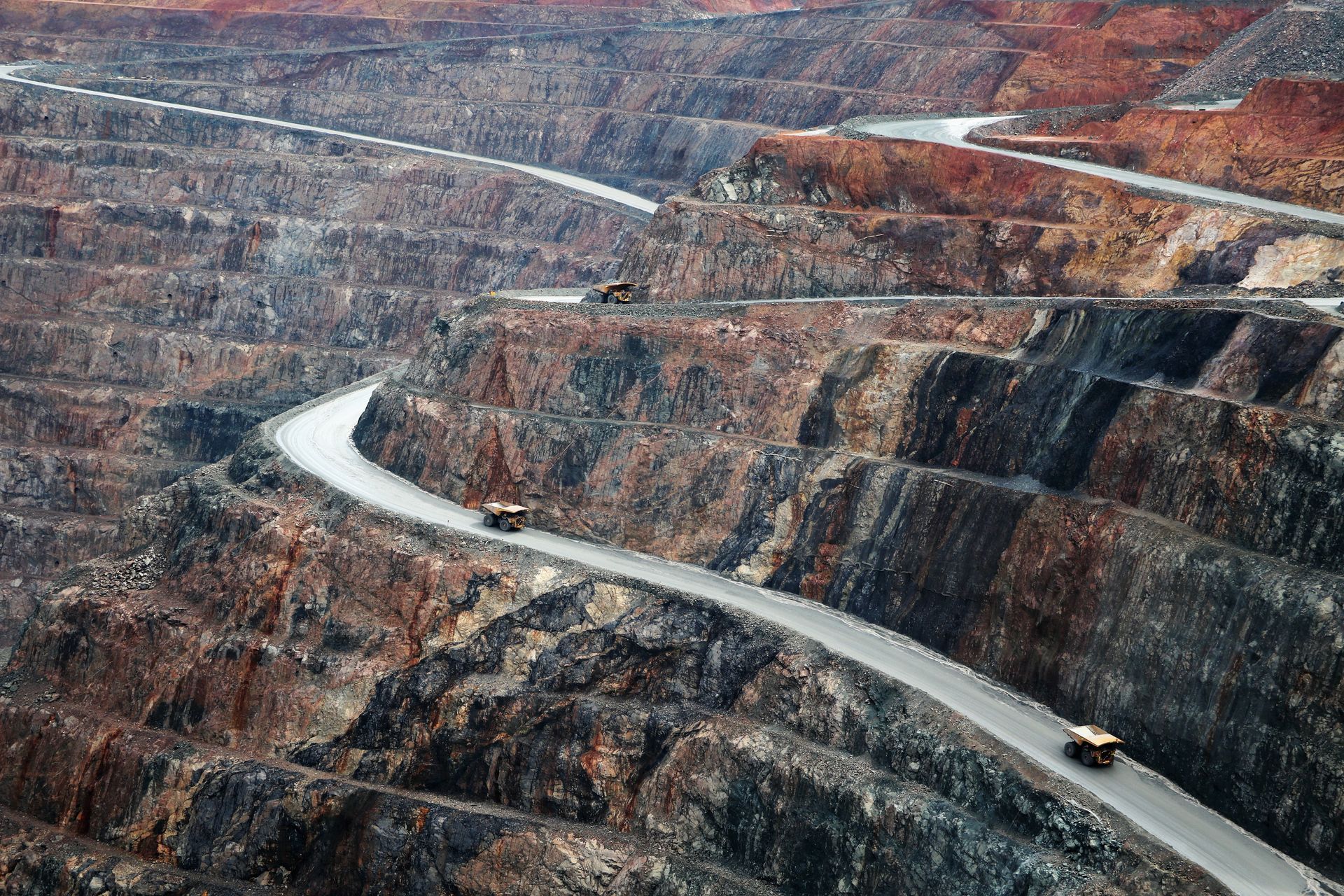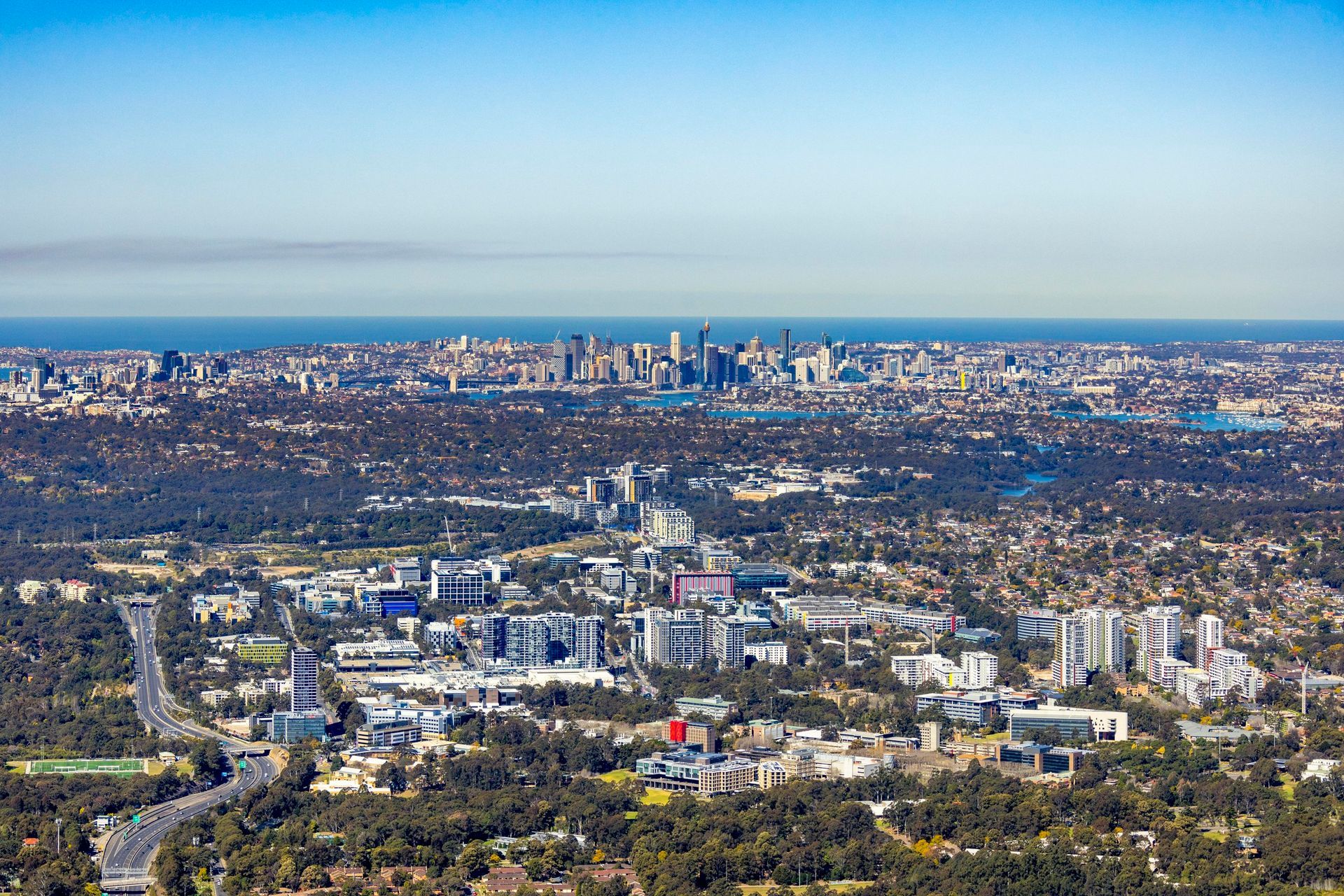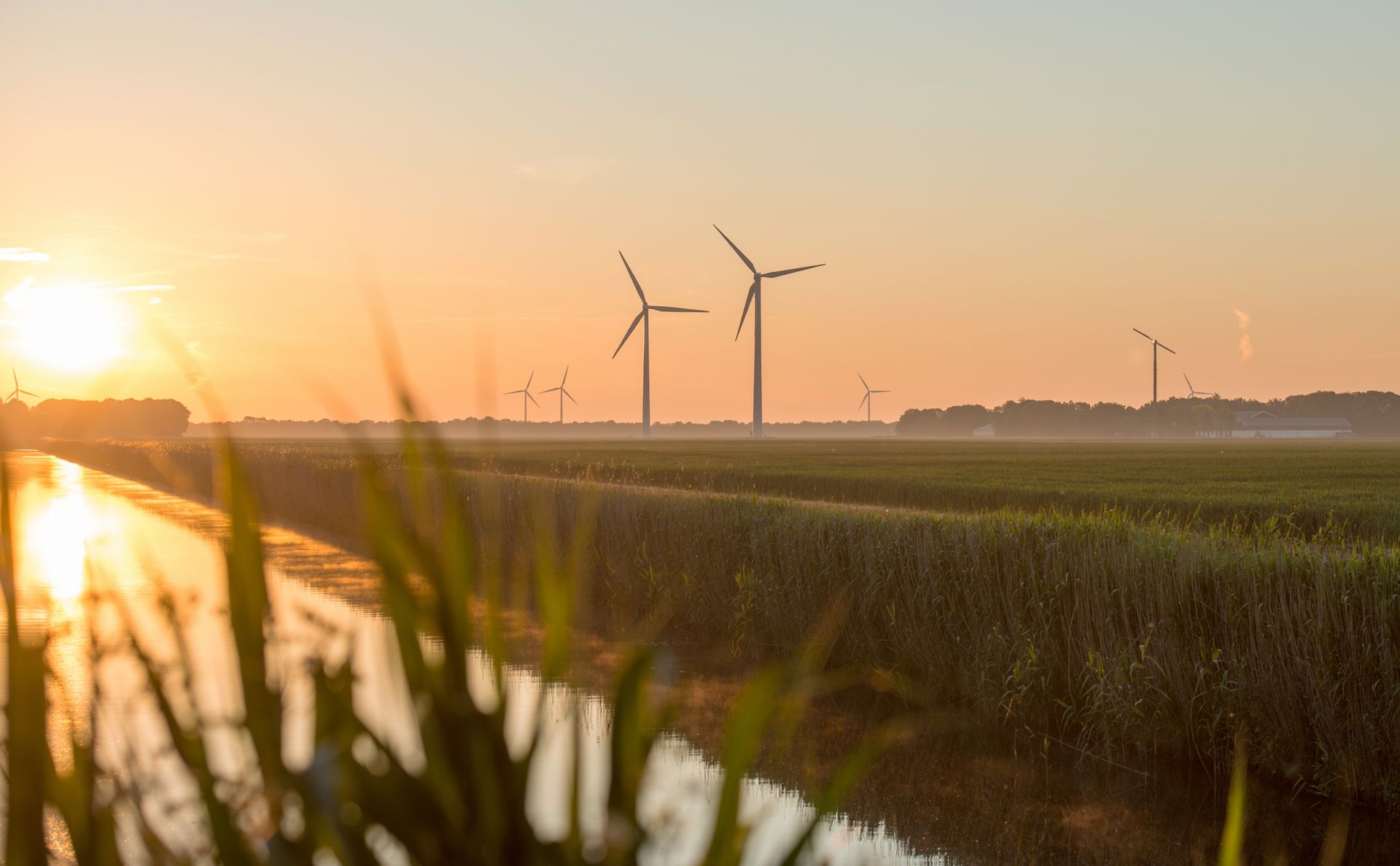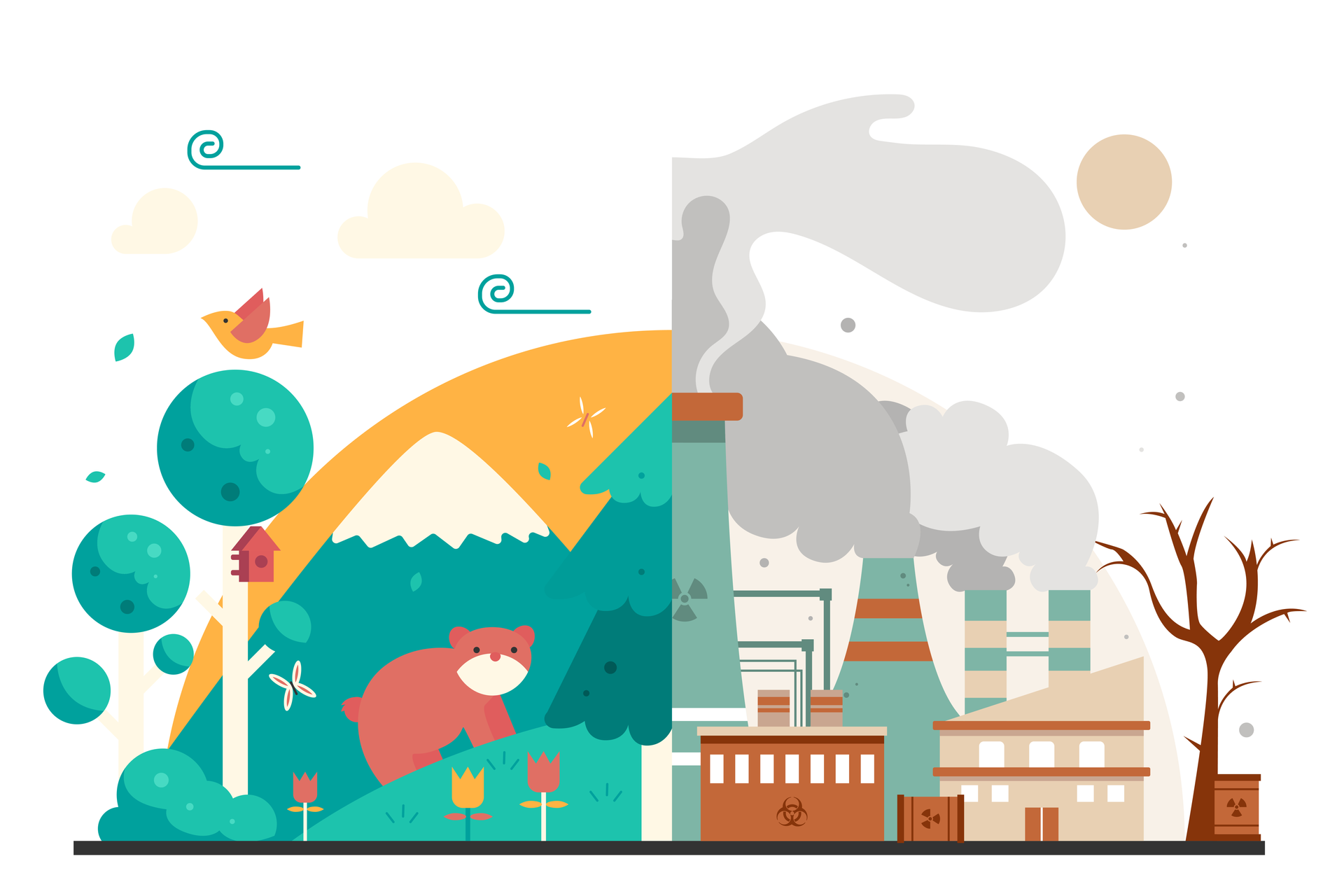
By Phil Ruthven AM - Founder, IBISWorld & Ruthven Institute
•
November 27, 2024
Australia is a remarkably innovative nation. Prior to European settlement in 1788, Indigenous Australians pioneered ecological sustainability and developed an extensive knowledge of native flora and fauna, both of which remain outstanding achievements in the 21st century. Since then, Australians have continued to demonstrate ingenuity in many areas, including science, medicine and manufacturing. The nation’s achievements to date, include 15 Nobel Prize-winning innovations shared among 16 Australian recipients since the Prize was first awarded in 1901 (coincidentally, Australia’s year of Federation). It’s a proud past – but what can Australia expect of the future? What challenges will we face in 2020 and beyond? To answer this question, we need to consider several factors with regard to being innovative in an increasingly competitive world: • the changing world order; • our changing mix of industries; • the productivity challenge; • the elements of innovation (the who, what and how); and • the growing importance of intellectual property (IP) for business and economic success. The changing world-order The graph below suggests that the world – containing some 230 nations and protectorates – continues to amalgamate into larger cohorts. Over time, as a society and an economy, we have aggregated families (households) into tribes (local government), then into territories (states) and nations. These nations are now federating into eight regions, as highlighted below; and perhaps, as we move into the 22nd century, these regions will be presided over by an empowered world government or council of sorts. Regionalisation and globalisation are slow and painful processes, and there have been setbacks to both – take Brexit, for example. But, importantly, Australia is now part of the world’s largest region, the Asia Pacific, in terms of population and economic output. Indeed, the larger Asian megaregion (being the Asia Pacific and Indian subcontinent), accounts for two-thirds of Australia’s inbound tourism and immigration and 80% of our goods and services trade, respectively. A tectonic shift is underway in the global economy. The East, which already houses four-fifths of the world’s citizens, has also overtaken the West in GDP terms. Meanwhile, the economic and population pecking order of nations is changing fast, as we see in the following two graphs.
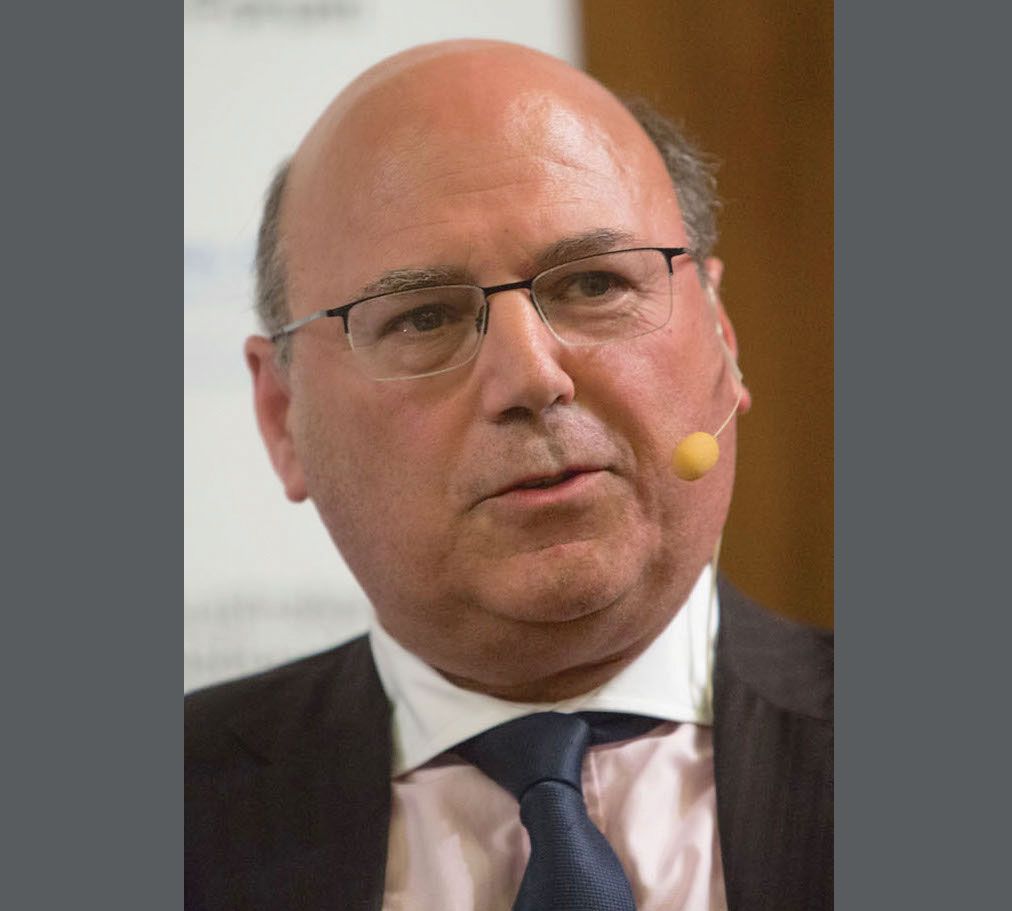
By Arthur Sinodinos
•
November 27, 2024
Science matters to every aspect of our lives. And yet it is under attack like never before in our lifetime. Climate change is just the latest battleground. The great American science communicator Neil deGrasse Tyson once said, “Once you have an innovation culture, even those who are not scientists or engineers – poets, actors, journalists – they, as communities, embrace the meaning of what it is to be scientifically literate. They embrace the concept of an innovation culture. They vote in ways that promote it. They don’t fight science and they don’t fight technology.” It was recently reported that climate change will be taught as part of the high-school syllabus. Climate sceptics immediately jumped in to suggest that both sides of the argument be presented to students. On the face of it, that sounds fair, except that climate matters are a matter of science rather than a matter of opinion. The antagonism towards science goes further than climate science. Green groups cherry-pick the science, too. They are antagonistic towards genetically modified foods, which do not fit their organic worldview. Anti-vaccination groups prefer half-baked theories and pseudo-medicine to rigorous, evidence-based medicine. Beyond science, expertise, more broadly, is questioned. Some prefer to put their faith in the "wisdom of crowds." This aversion to science is being fuelled by the spread of fake news and preferred facts. Confirmation bias is rife. We look for facts and opinions to back up our point of view or favourite conspiracy theory. These conspiracies often turn on the role of people or institutions we do not like allegedly subverting the popular will. Mistrust of experts is facilitated by the rise of powerful search engines. Access to Google has made us all pseudo-researchers. We can scour the web for information and opinions to back up our preconceptions. How many people self-diagnose using Dr Google? Scientists cannot afford to leave it to others to fight their battles, whether in the halls of power or the public square. This is a hard ask for many scientists, who have traditionally been reluctant to engage in an adversarial way in the public arena. In other words, scientists prefer to let their work do the talking. Accordingly, we do not celebrate scientists in the same way or to the same extent that we do athletes and entertainers. Few scientists are household names, even though the fruits of science are all around us and make life possible on Earth. Appropriately, scientists are also very careful to avoid the kind of emphatic statements and ’soundbites’ so beloved of the media. The scientific method relies on constant querying, testing and retesting of hypotheses to disprove a proposition. Beautiful theories are slain by ugly facts. Some climate scientists argue that it is better not to engage in debate and simply ignore sceptics. Others argue, from a more rigorous point of view, that understanding why someone may be a climate sceptic is the key to potentially talking them around. I sought to engage climate sceptic Malcolm Roberts of Pauline Hanson’s One Nation in dialogue when I was science minister. I brought his researchers together with senior scientists at the CSIRO for what I hoped would be a rigorous, evidence-based process. There were multiple sessions, but agreement was not possible. In retrospect, I’m not surprised. Another approach is to appeal to other views held by these sceptics – for example, those who support the use of nuclear energy in the interests of national sovereignty and self-sufficiency. We cannot wring our hands, ignore the doubters, and/or go to war. This is unduly defeatist. Information and transparency are the best disinfectant. We should build on existing science advocacy efforts. We do have Science Meets Parliament Week and other networking events. We have a Chief Scientist who speaks at public fora, engages in science education and appears before parliamentary committees, but no one person can carry the sector. Recently, the ABC’s Q+A program featured an all-scientist panel, but this is a comparative rarity. A few years ago, medical researchers organised to fight an attempt by the Gillard Government to cut funding for medical research. The fightback was novel and effective, but no one is encouraging scientists to take to the streets in a continual crusade for science. Scientists have to adopt the mindset of advocates. Used to being objective and evidence-based, they would be understandably uncomfortable with pure "spin". But today the facts need help and contextualisation. They otherwise risk being crowded out by assertion, self-interest and wilful ignorance. Evidence-based advocacy is not spin. It is essential to construct a narrative of what science is doing and who benefits. This must be practical and focused on people’s needs, expressed in clear, layman’s terms. Stakeholders who share the interests of scientists and are invested in the outcomes of science should be mobilised in support. They can be marshalled in a coalition of the willing to support the scientific case in public and with politicians, business and other influential members of society. Scientists reaching out to business can be beneficial on both economic and advocacy grounds. Effective collaboration between knowledge creators and industry is vital to maximising the prospects of successful commercialisation of domestic inventions and applications. Collaborating businesses develop a tangible stake in a healthy scientific scene in Australia. The government has taken measures to incentivise such collaboration, including changes to research block grant funding arrangements. The innovation ecosystem is growing, but it takes time to effect the necessary cultural change in the scientific and business communities. The American experience is a useful benchmark. Scientists should engage with politicians on all sides to establish constructive, long-term relationships. While the government of the day is always relevant, the opposition and independent members and senators should not be neglected. The opposition will one day be in power and crossbenchers can exert the balance of power in either chamber on occasion. Networking with new politicians is a useful investment that can pay off when these people are promoted into positions of power and influence. Arthur Sinodinos AO is an Australian diplomat and former Liberal Party politician who was an Ambassador to the United States from February 2020 until March 2023.

ONLINE RESOURCE & MAGAZINE
A Global Australian Voice on Authentic Ideas for Carbon Reduction
TRANSFORMATIONS is a digital magazine and multimedia information resource
Showcase articles
Mining

By Phil Ruthven AM - Founder, IBISWorld & Ruthven Institute
•
November 27, 2024
Australia is a remarkably innovative nation. Prior to European settlement in 1788, Indigenous Australians pioneered ecological sustainability and developed an extensive knowledge of native flora and fauna, both of which remain outstanding achievements in the 21st century. Since then, Australians have continued to demonstrate ingenuity in many areas, including science, medicine and manufacturing. The nation’s achievements to date, include 15 Nobel Prize-winning innovations shared among 16 Australian recipients since the Prize was first awarded in 1901 (coincidentally, Australia’s year of Federation). It’s a proud past – but what can Australia expect of the future? What challenges will we face in 2020 and beyond? To answer this question, we need to consider several factors with regard to being innovative in an increasingly competitive world: • the changing world order; • our changing mix of industries; • the productivity challenge; • the elements of innovation (the who, what and how); and • the growing importance of intellectual property (IP) for business and economic success. The changing world-order The graph below suggests that the world – containing some 230 nations and protectorates – continues to amalgamate into larger cohorts. Over time, as a society and an economy, we have aggregated families (households) into tribes (local government), then into territories (states) and nations. These nations are now federating into eight regions, as highlighted below; and perhaps, as we move into the 22nd century, these regions will be presided over by an empowered world government or council of sorts. Regionalisation and globalisation are slow and painful processes, and there have been setbacks to both – take Brexit, for example. But, importantly, Australia is now part of the world’s largest region, the Asia Pacific, in terms of population and economic output. Indeed, the larger Asian megaregion (being the Asia Pacific and Indian subcontinent), accounts for two-thirds of Australia’s inbound tourism and immigration and 80% of our goods and services trade, respectively. A tectonic shift is underway in the global economy. The East, which already houses four-fifths of the world’s citizens, has also overtaken the West in GDP terms. Meanwhile, the economic and population pecking order of nations is changing fast, as we see in the following two graphs.
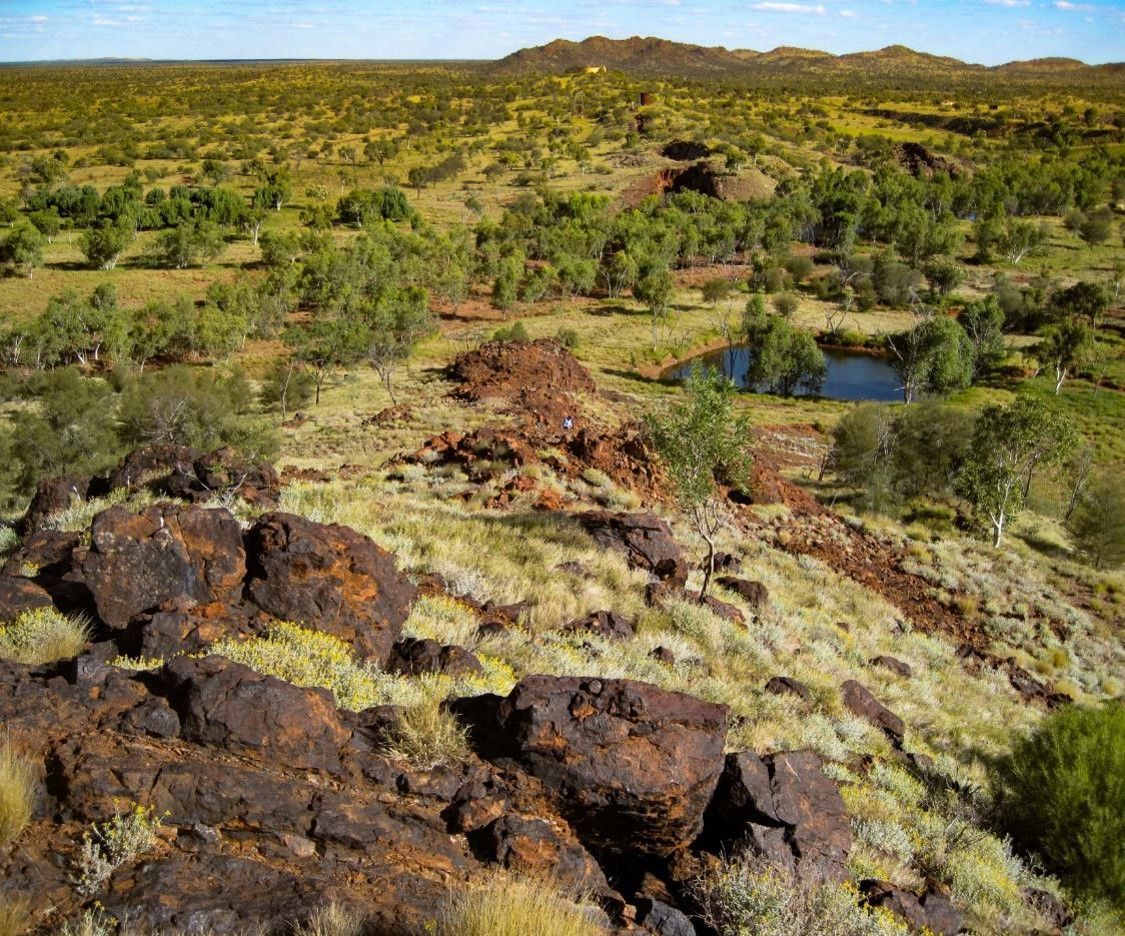
By Jessica Martyn
•
November 27, 2024
Essential to modern technologies and economic and national security, copper plays a critical role in the Clean Energy Transition – and while the Australian Government has carved out an ambitious implementation plan to shift from fossil fuels to renewable energy sources, the challenges ahead are significant.
Energy

By Frank Jotzo
•
November 11, 2024
As the world’s largest exporter of coal and gas, Australia has benefited significantly from fossil fuel production – but, as the use of fossil fuels declines, so will our coal and gas exports. Fortunately, the country is endowed not only with abundant fossil fuels but also with practically unlimited potential for cheap, renewable energy production.
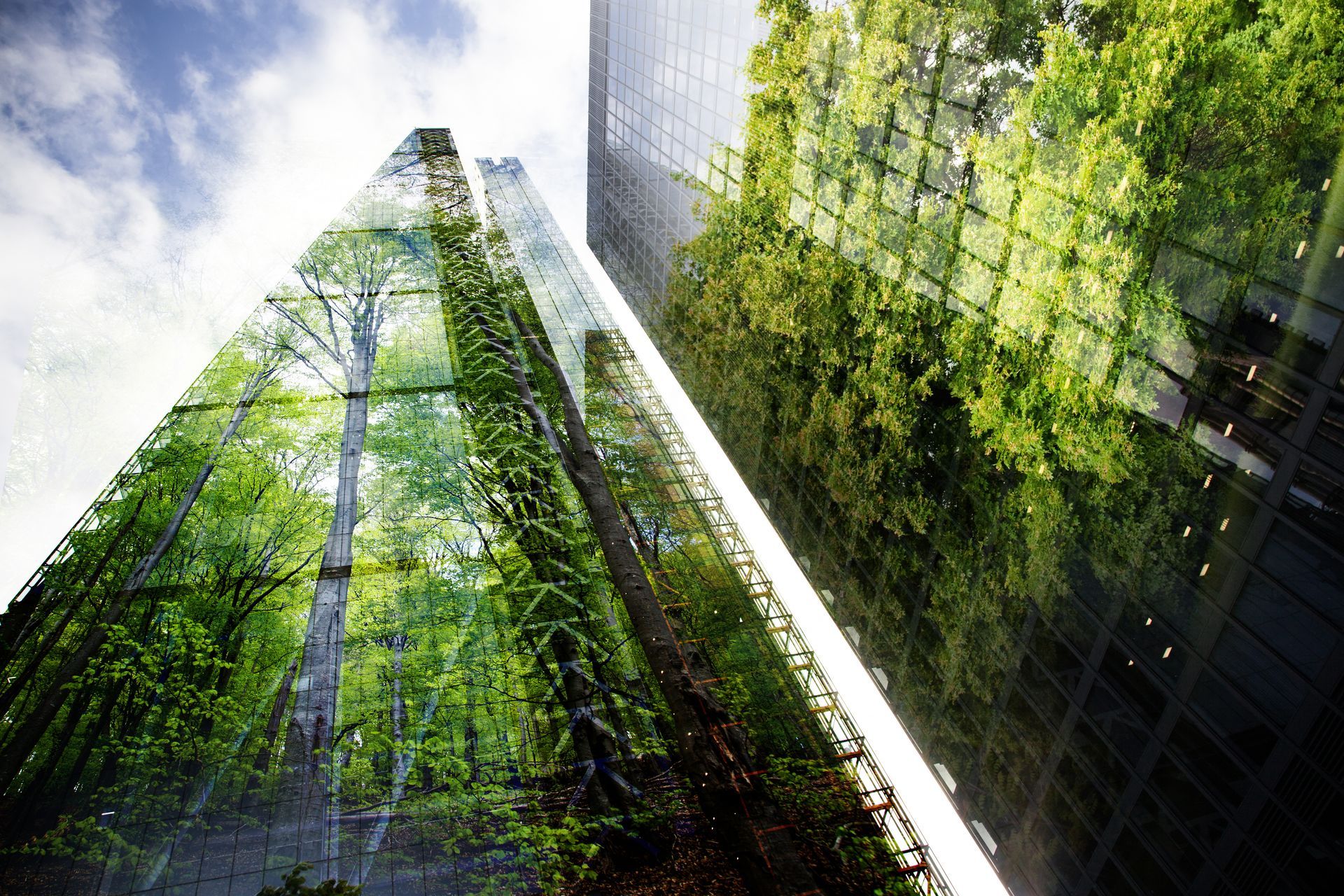
By Ross Garnaut
•
November 11, 2024
Plants, vegetation, and soils take carbon dioxide from the atmosphere, convert it into energy and store it as biomass. Increasing biomass to reduce atmospheric levels of C02 is known as carbon sequestration. Australia can make an exceptional contribution to climate action by creating natural systems to store more carbon in soils, pastures, woodland forests and biodiverse plantations, selling the offset carbon to other nations to meet their Paris Agreement targets.
Transport

By Duncan Edghill
•
November 11, 2024
Light rail is undergoing an exciting renaissance as old fashioned, clunky trams are metamorphosed into sleek, modern vehicles. Canberra offers a case study into how to maximise the benefits of the return to the 19th century transport standard, integrated with 21st century urban-planning principles.
Manufacturing

By Professor Veena Sahajwalla
•
November 11, 2024
We need to achieve an alignment of recycling and manufacturing and to start seeing waste as a valuable resource for many of the materials that we use as a society. Adopting and scaling truly circular economies – where materials are kept in use for as long as possible to maximise sustainability – will really only occur through such an alignment.
Finance

By Mathew Browning
•
November 27, 2024
The origins of responsible and ethical investing lie with religious groups that sought to invest according to their various moral principles. Today a new standard needs to be applied to measure the effectiveness of this type of investment, writes Mathew Browning.
Government
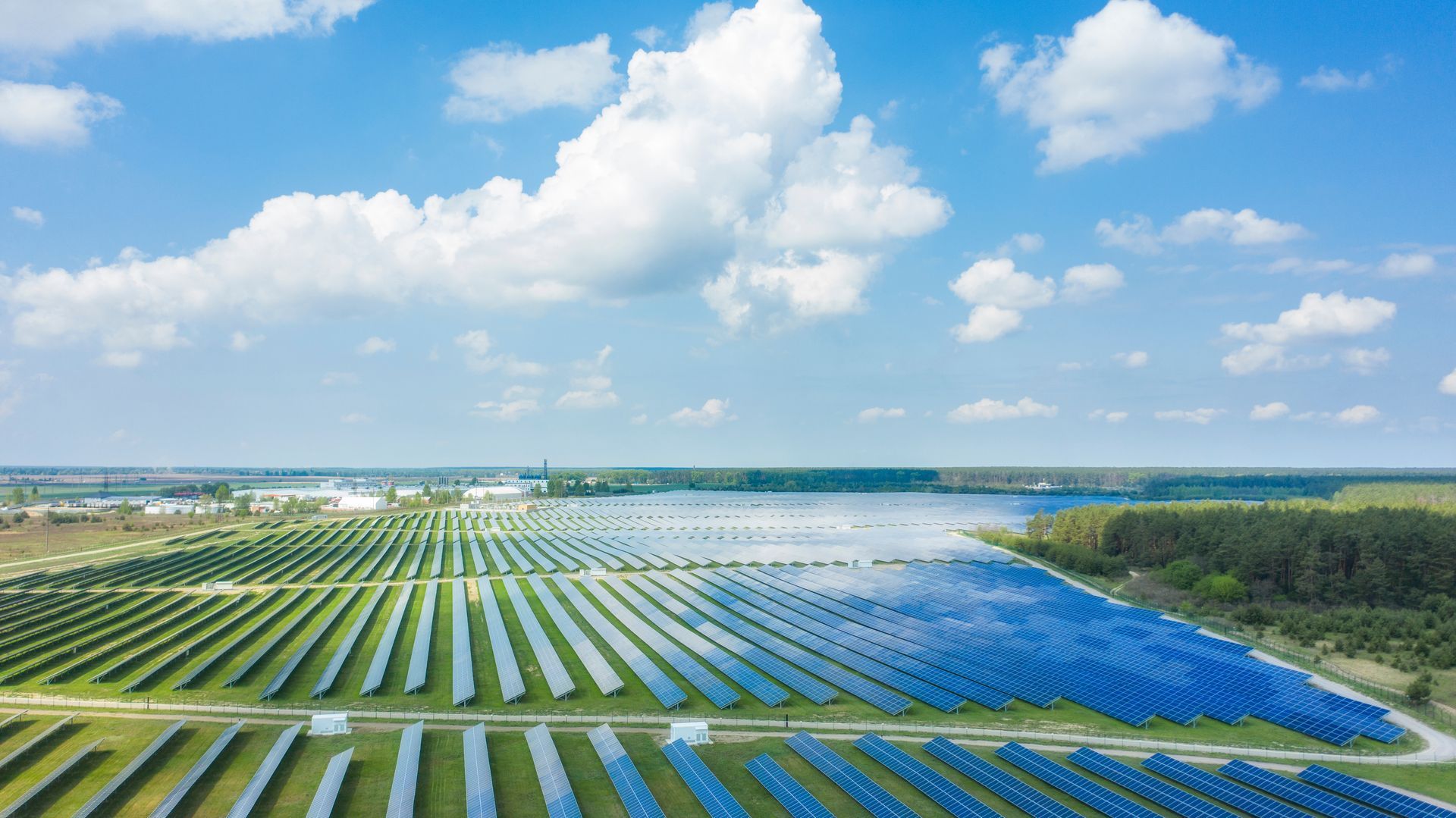
By The Hon Sussan Ley
•
November 27, 2024
Only by following the science can Australia brace for, adapt, and mitigate the largest effects of climate change. We have always lived in a changing environment. But the rate of change we face today, and the role science will play in helping us adapt to that change, are unprecedented.

By Arthur Sinodinos
•
November 27, 2024
Science matters to every aspect of our lives. And yet it is under attack like never before in our lifetime. Climate change is just the latest battleground. The great American science communicator Neil deGrasse Tyson once said, “Once you have an innovation culture, even those who are not scientists or engineers – poets, actors, journalists – they, as communities, embrace the meaning of what it is to be scientifically literate. They embrace the concept of an innovation culture. They vote in ways that promote it. They don’t fight science and they don’t fight technology.” It was recently reported that climate change will be taught as part of the high-school syllabus. Climate sceptics immediately jumped in to suggest that both sides of the argument be presented to students. On the face of it, that sounds fair, except that climate matters are a matter of science rather than a matter of opinion. The antagonism towards science goes further than climate science. Green groups cherry-pick the science, too. They are antagonistic towards genetically modified foods, which do not fit their organic worldview. Anti-vaccination groups prefer half-baked theories and pseudo-medicine to rigorous, evidence-based medicine. Beyond science, expertise, more broadly, is questioned. Some prefer to put their faith in the "wisdom of crowds." This aversion to science is being fuelled by the spread of fake news and preferred facts. Confirmation bias is rife. We look for facts and opinions to back up our point of view or favourite conspiracy theory. These conspiracies often turn on the role of people or institutions we do not like allegedly subverting the popular will. Mistrust of experts is facilitated by the rise of powerful search engines. Access to Google has made us all pseudo-researchers. We can scour the web for information and opinions to back up our preconceptions. How many people self-diagnose using Dr Google? Scientists cannot afford to leave it to others to fight their battles, whether in the halls of power or the public square. This is a hard ask for many scientists, who have traditionally been reluctant to engage in an adversarial way in the public arena. In other words, scientists prefer to let their work do the talking. Accordingly, we do not celebrate scientists in the same way or to the same extent that we do athletes and entertainers. Few scientists are household names, even though the fruits of science are all around us and make life possible on Earth. Appropriately, scientists are also very careful to avoid the kind of emphatic statements and ’soundbites’ so beloved of the media. The scientific method relies on constant querying, testing and retesting of hypotheses to disprove a proposition. Beautiful theories are slain by ugly facts. Some climate scientists argue that it is better not to engage in debate and simply ignore sceptics. Others argue, from a more rigorous point of view, that understanding why someone may be a climate sceptic is the key to potentially talking them around. I sought to engage climate sceptic Malcolm Roberts of Pauline Hanson’s One Nation in dialogue when I was science minister. I brought his researchers together with senior scientists at the CSIRO for what I hoped would be a rigorous, evidence-based process. There were multiple sessions, but agreement was not possible. In retrospect, I’m not surprised. Another approach is to appeal to other views held by these sceptics – for example, those who support the use of nuclear energy in the interests of national sovereignty and self-sufficiency. We cannot wring our hands, ignore the doubters, and/or go to war. This is unduly defeatist. Information and transparency are the best disinfectant. We should build on existing science advocacy efforts. We do have Science Meets Parliament Week and other networking events. We have a Chief Scientist who speaks at public fora, engages in science education and appears before parliamentary committees, but no one person can carry the sector. Recently, the ABC’s Q+A program featured an all-scientist panel, but this is a comparative rarity. A few years ago, medical researchers organised to fight an attempt by the Gillard Government to cut funding for medical research. The fightback was novel and effective, but no one is encouraging scientists to take to the streets in a continual crusade for science. Scientists have to adopt the mindset of advocates. Used to being objective and evidence-based, they would be understandably uncomfortable with pure "spin". But today the facts need help and contextualisation. They otherwise risk being crowded out by assertion, self-interest and wilful ignorance. Evidence-based advocacy is not spin. It is essential to construct a narrative of what science is doing and who benefits. This must be practical and focused on people’s needs, expressed in clear, layman’s terms. Stakeholders who share the interests of scientists and are invested in the outcomes of science should be mobilised in support. They can be marshalled in a coalition of the willing to support the scientific case in public and with politicians, business and other influential members of society. Scientists reaching out to business can be beneficial on both economic and advocacy grounds. Effective collaboration between knowledge creators and industry is vital to maximising the prospects of successful commercialisation of domestic inventions and applications. Collaborating businesses develop a tangible stake in a healthy scientific scene in Australia. The government has taken measures to incentivise such collaboration, including changes to research block grant funding arrangements. The innovation ecosystem is growing, but it takes time to effect the necessary cultural change in the scientific and business communities. The American experience is a useful benchmark. Scientists should engage with politicians on all sides to establish constructive, long-term relationships. While the government of the day is always relevant, the opposition and independent members and senators should not be neglected. The opposition will one day be in power and crossbenchers can exert the balance of power in either chamber on occasion. Networking with new politicians is a useful investment that can pay off when these people are promoted into positions of power and influence. Arthur Sinodinos AO is an Australian diplomat and former Liberal Party politician who was an Ambassador to the United States from February 2020 until March 2023.
